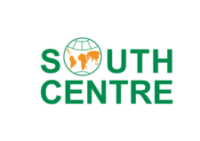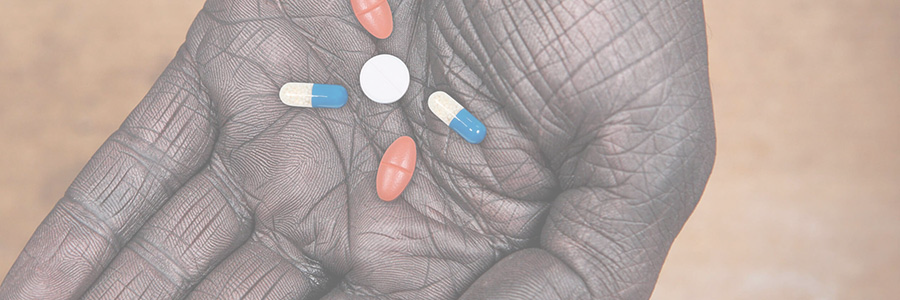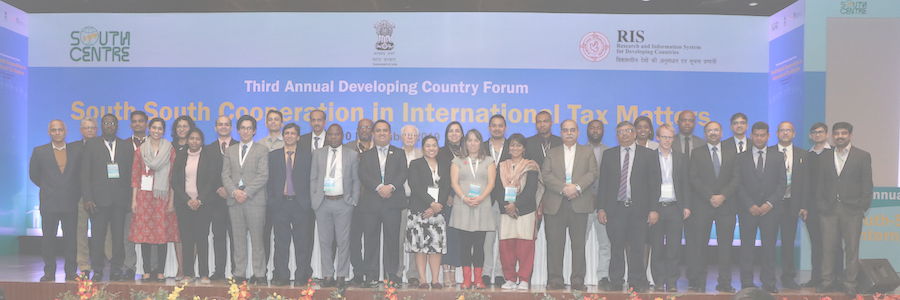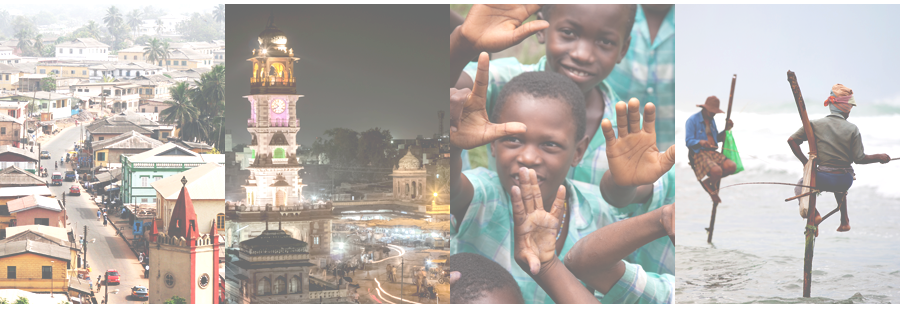Background to the UN High-Level Panel Report
At the briefing session on the report of the UN Secretary General’s High Level Panel on Access to Medicines, organized by the South Centre and the panel’s Secretariat, there were two presentations made before the main speech by the Panel Co-Chair Ms. Ruth Dreifuss. These were made by the South Centre’s Executive Director Mr. Martin Khor and by Dr. Mandeep Dhaliwal of the United Nations Development Program (UNDP) and the Secretariat of the High Level Panel. Below is a report by Viviana Muñoz Tellez on these presentations.
By Viviana Muñoz Tellez
In his introductory remarks, Martin Khor highlighted the importance of the human right to health and the important role that governments are obliged to play in ensuring this right is realised, including by working to provide universal access to medical technologies. This has been recognized in a recent landmark resolution on access to medicines that was adopted by the Human Rights Council and which had been put forward mainly by the developing countries.
He also emphasized the relevance of the discussion on the UN High Level Panel on Access to Medicines report in the context of achieving the Sustainable Development Goals (SDGs). It is a great challenge for governments, especially from developing countries, to provide universal access to health care. Scarcity of resources is a key factor. High prices of medicines are a major impediment to affordable access, and it is now recognized as a problem not only in developing countries but also in developed countries. It is also a challenge for governments to implement rules and policies on trade, intellectual property, health and human rights in a coherent manner. The South Centre had welcomed the establishment of the High Level Panel that was set up to examine how this can best be done.
When the report was issued, the South Centre also made a statement welcoming it and its recommendations, including the need for the full use of the flexibilities under the WTO Agreement on Trade Related Aspects of Intellectual Property Rights (TRIPS), its denunciation of political pressures put on countries not to use these flexibilities, its criticism of provisions in trade and investment treaties that reduce the scope for countries to protect public health, and the need for a research and development (R&D) system that delinks costs of innovation with the price of medical technologies and that links innovation with affordable access.
Mr. Khor reaffirmed the commitment of the South Centre to broaden awareness of the report, promote its use among public health ministries and other government institutions, health organizations and civil society, and to make the report come to life in policies at the national level.
Dr. Mandeep Dhaliwal said that the UNDP was priviledged to have worked with UNAIDS to service the Secretariat for the UN HLP on Access to Medicines. The panel looked more broadly at the relationship between innovation and access to health technologies. Dr. Dhaliwal noted the high global burden of infectious diseases, including HIV/AIDS, TB, malaria and hepatitis B and C. Together these account for over 4 million deaths a year. Neglected tropical diseases as defined by WHO are endemic in 149 countries and account for 12% of global disease burden. Adding to this is the global burden of non-communicable diseases (NCDs), responsible for 38 million deaths a year of which almost 75 percent or 28 million, occurred in low and middle-income countries (LMICs) in 2013.
In addition, there is the challenge of insufficient innovation for many diseases. Many products don’t add new therapeutic advantage over existing ones. Of 850 new therapeutic products registered in 2000-2011, 70% of newly registered medicines show no therapeutic advantage. Moreover, only 4% of new products were for neglected diseases. There is also insufficient innovation into new antimicrobials, including antibiotics, which constitutes a major public health threat. Multi-drug resistant TB is a leading killer. Treatment can take 2 years with toxic side effects and at a cost of 4000 USD per patient per year in the United States.
The UN HLP on Access to Medicines follows the Report of the Global Commission on HIV and the Law in 2012. This report requested the UN SG to convene a neutral, high-level body to review and assess proposals and recommend a new intellectual property regime for pharmaceuticals consistent with international human rights law. The panel also follows the adoption of the 2030 Agenda in September 2015. The Sustainable Development Goal (SDG) 3 is to “ensure healthy lives and promote well-being for all”.
One of the targets under SDG 3 is to achieve universal health coverage, including financial risk protection, access to quality essential health-care services and access to safe, effective, quality and affordable essential medicines and vaccines for all. Another target is to support the research and development of vaccines and medicines for the communicable and non-communicable diseases that primarily affect developing countries, provide access to affordable essential medicines and vaccines, in accordance with the Doha Declaration on TRIPS and Public Health. In the Agenda 2030, health and development are linked. Health is an enabler of many SDGs.
The mandate for the high-level panel came out of the report on HIV and the Law and from the SDGs. The UN SG Ban Ki-moon announced the establishment of the HLP on 19 November 2015. The HLP was to address the policy incoherences that are leaving millions of people behind. The 15 Member panel was asked to “review and assess proposals and recommend solutions to remedying the incoherence between international human rights, trade rules and public health that is leaving millions behind when it comes to accessing medicines and health technologies.”
The Panel had three mutually- reinforcing axes. These were a high level panel, global dialogue hearings – held in Johannesburg and London — with calls for multi-stakeholder contributions including civil society, governments and industry to offer ideas on potential solutions which were discussed at the dialogues, and an expert advisory group. Informed by the three axes, the Panel was mandated to make evidence-informed actionable recommendations. The Panel received 182 contributions: from civil society/patient groups, private sector, academia and think tanks, government and related orgs, international organizations , independent.
The Panel was also informed by developments at the Human Rights Council. The 32nd session of HRC in June 2016 adopted a resolution on access to medicines (A/HRC/32/L.23/Rev). It was co-sponsored by Brazil, China, Egypt, Haiti, India, Indonesia, Paraguay, Peru, Senegal, Sri Lanka, South Africa, Thailand and Turkey. The resolution referenced the Panel: “Noting with appreciation also the Secretary-General’s decision to establish a High-level Panel on Access to Medicines”.
The resolution “calls upon States to promote access to medicines for all, including through the use, to the full, of the provisions of the Agreement on Trade-Related Aspects of Intellectual Property Rights recognizing that the protection of intellectual property is important for the development of new medicines, as well as the concerns about its effects on prices”. The resolution also “reiterates the call upon States to continue to collaborate, as appropriate, on models and approaches that support the delinkage of the cost of new research and development from the prices of medicines. The resolution also “invites Member States and all stakeholders, including relevant United Nations bodies, national human rights institutions, civil society, and the private sector, to promote policy coherence in the areas of human rights, intellectual property and international trade and investment when considering access to medicines”.












